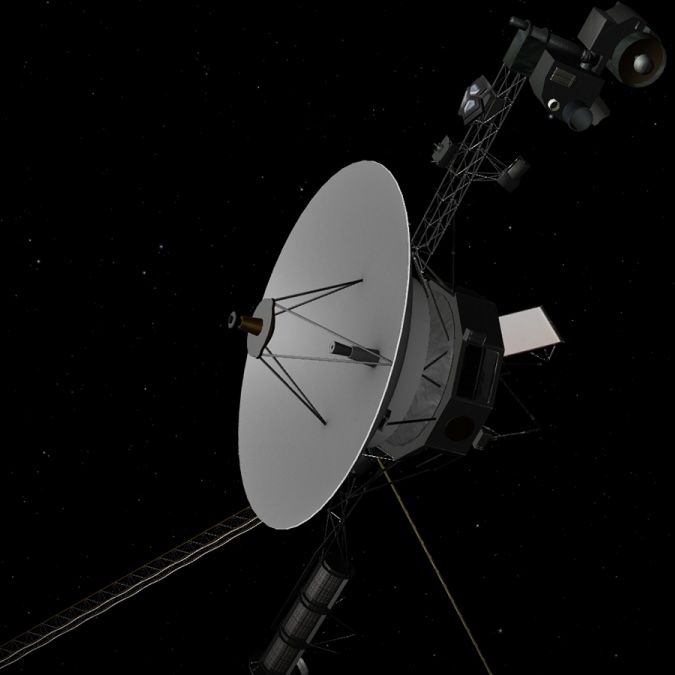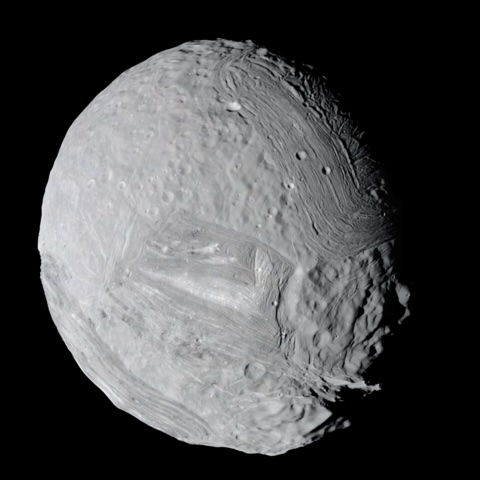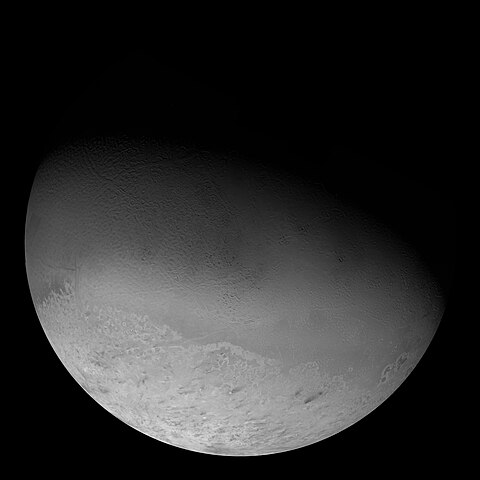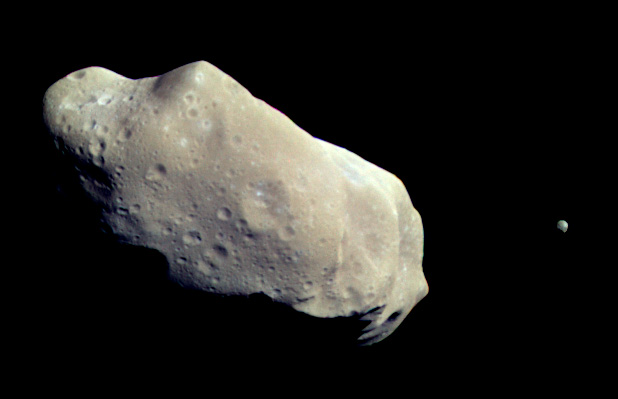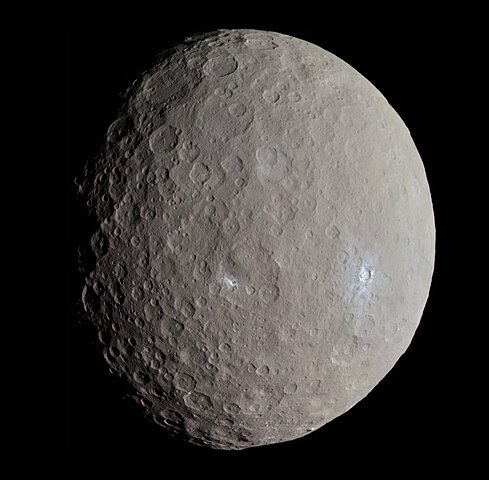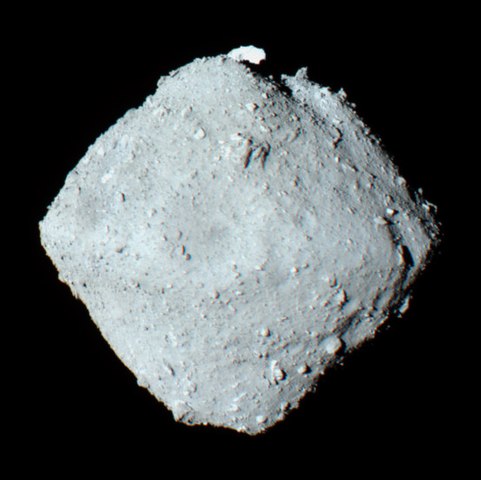1 day / second
0.5 AU
Umbriel
Moon of Uranus
A dark and heavily cratered moon of Uranus marked by its low reflectivity and a prominent bright ring-shaped feature called Wunda crater on its surface.
Key Facts
learn more | Wikipedia |
mass | 1.2885e+21 kg |
radius | 584.7 km |
semi-major axis | 266,000 km |
eccentricity | 0.004 |
inclination | 82.358º |
longitude of the ascending node | 0º |
argument of periapsis | 0º |
orbital period | 4.145 days |
surface gravity | 0.026 g |
discovery date | October 24, 1851 |
discovered by | William Lassell |
name origins | Named after a character in Alexander Pope's poem "The Rape of the Lock" |
density | 1.39 g/cm³ |
albedo | 0.26 |
rotation | Tidally locked to Uranus |
material composition | Mix of water ice and silicate rock |
Parent Planet
Uranus
A cold, blue-green ice giant planet tipped nearly sideways on its axis, with a set of narrow rings and a family of at least 27 moons named after literary characters.
Spacecraft Visits
Voyager 2
Flyby
Launched in 1977, visited in 1986
Voyager 2 made its closest approach to Umbriel on January 24, 1986, passing within 325,000 kilometers of the Uranian moon and capturing the first detailed images of its unusually dark surface.


